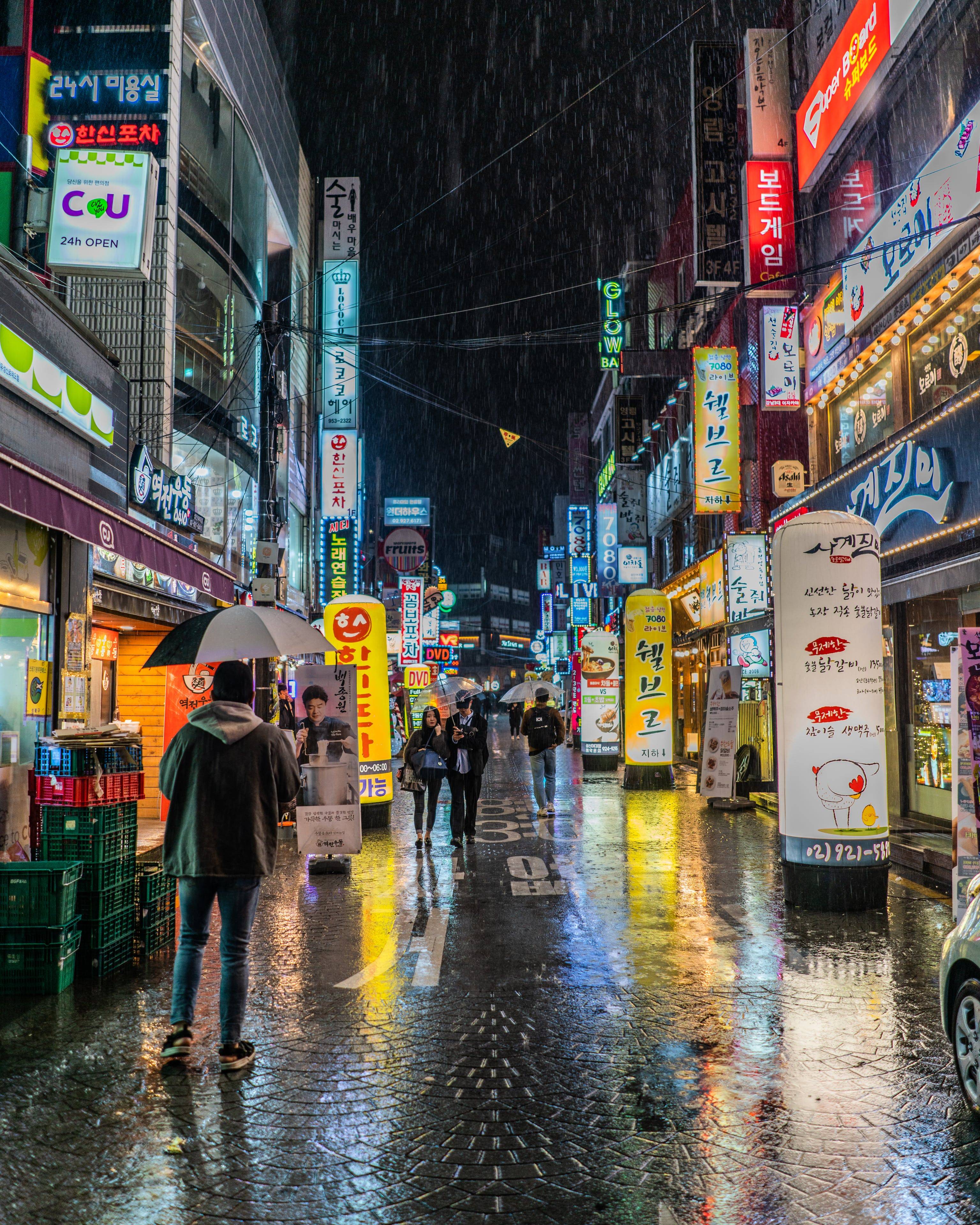
Have you ever wondered why walking the streets of Seoul feels so different from wandering around a major city in the States? As someone who's made South Korea their home, I've had plenty of time to ponder this. It's not just the neon lights or the bustling markets that set it apart; there's something deeper, a fundamental difference in how cities function here compared to back home in the U.S.
Let me start with something that always catches my friends off-guard when they visit: the efficiency and reach of public transportation here. Why can't cities in the States replicate this? It's not just about technology or infrastructure; it's about how a society prioritizes and values mobility. And this is where the differences begin to unravel.
The government structure here plays a huge role. South Korea's centralized system allows for swift and uniform policy implementation. Back in the U.S., with its decentralized approach, policies can be as varied as the weather across different states! This affects everything from urban planning to healthcare policies.
Speaking of urban planning, have you seen how densely packed Seoul is, yet everything operates like a well-oiled machine? This high density isn't just about space; it's about how people interact with their environment. It fosters a sense of community and interconnectedness that's hard to find in the more spread-out American cities.
And it's not just about buildings and roads. It's about the people. South Korea's culture, with its focus on community and social harmony, contributes to a sense of safety and order. It's a different world from the U.S.'s more individualistic culture. Ever noticed how this cultural difference impacts everything from crime rates to how public policies are received?
Now, let's talk tech and economy. South Korea's laser focus on technology and innovation, especially in areas like electronics and telecommunications, is something else. It’s like the government and tech giants are in a symphony, each playing their part to advance society. In the U.S., technological investments are massive but scattered, not always channeled towards public benefit.
But here's a twist: the healthcare system. The contrast between South Korea's universal healthcare and the U.S.'s mixed, market-driven system couldn't be starker. It's not just about access to healthcare; it's about a fundamental approach to what a society considers a basic right.
Historical context is key too. South Korea's post-war trajectory of industrialization and modernization is fascinating. It's like the country was on a fast-forward mode to catch up with the world, and boy, did it catch up! Meanwhile, the U.S., with its longer and more diverse history, seems to wrestle with its past, sometimes stumbling in its modernization efforts.
But here’s the thing: while living in South Korea, I've realized it's not all perfect. Just like the U.S., it has its challenges and areas that need work. It's not about one being better than the other; it's about understanding how different paths, priorities, and histories shape our urban lives.
So, next time you're sipping coffee in a cozy Seoul cafe or catching a subway in New York, think about this: what makes these experiences so uniquely different yet equally enriching? It's a puzzle I'm still piecing together, and it's absolutely fascinating.
